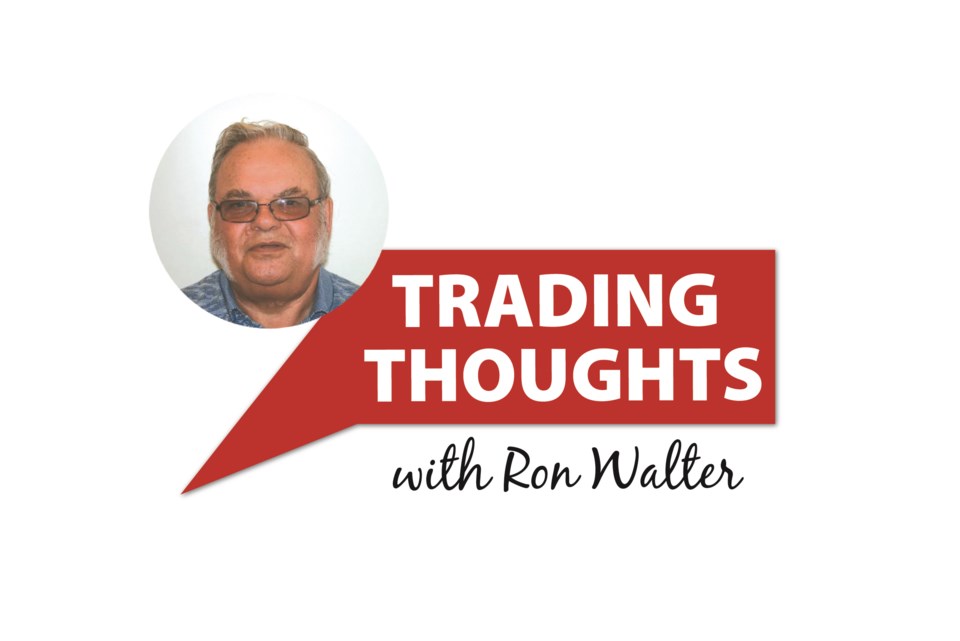Voters worried about a spending spree by Finance Minister Chrystia Freeland’s federal budget breathed a sigh of relief.
In spite of considerable new spending the budget wasn’t as bad as many had expected.
Total spending of $397 billion is about five times the entire gross domestic product (GDP) of Saskatchewan with the annual deficit shrinking more than half to $52.6 billion.
Annual deficits are projected to decline to $8.4 billion by 2027.
The stunning rise in debt financing combined with increased interest rates will see charges to service debt almost double to $42.9 billion by 2027. That’s equal to about two-thirds of current Saskatchewan GDP.
The feds tell us not to worry about the debt because the debt will improve to 41.5 per cent of GDP from 46.5. Maybe, but that’s still way higher than the 30 per cent level considered acceptable debt to GDP ratio.
Canada won’t reach that 30 per cent level until 2045, according to the budget predictions. And that’s if all goes as predicted.
Canada has the lowest debt ratio of the G7 nations. Big deal, so we’re not quite as deep in the hole as our allies.
Current debt service charges stand at 6.7 per cent of the budget — almost seven cents of every dollar the federal government spends goes to pay interest.
National governments around the world rarely pay down any of their debt except for occasional token payments.
They rely on growth to increase tax revenues and grow national income to accommodate mountains of debt.
The budget is considered inflationary by many observers. With unemployment at a record low the economy is in high gear. Programs spending more money just add to inflationary pressures.
Labour shortages in almost every sector will require immigration to let the economic growth continue. Without new injections of labour, wages and salaries will become inflated.
New spending includes $9.3 billion for housing as the feds attempt to double annual building to 400,000 units a year. Construction labour is in really short supply. Look for much higher building and buying costs.
Climate change programs worth nearly $2.7 billion will develop pressures on supply of electric vehicles and charging stations for them.
Agriculture has been allocated nearly $1 billion to deal with climate change.
This includes $329 million for agriculture clean technology. The need is great to meet federally-mandated 30 per cent reduction in fertilizer use and still have grain to export.
Another $469 million will support climate change solutions with $150 million for carbon sequestration. Farmers might get paid for the carbon emissions they store in soil.
The bank and insurance company tax on more than $1 billion profits seems to be a kick at big corporations. Revenues of $4.1 billion from it will add significantly to the big six banks annual $12.7 billion paid in all taxes – property, GST, income tax.
Expect some shifts in bank fees to offset the tax increase.
Ron Walter can be reached at [email protected]
The views and opinions expressed in this article are those of the author, and do not necessarily reflect the position of this publication.




